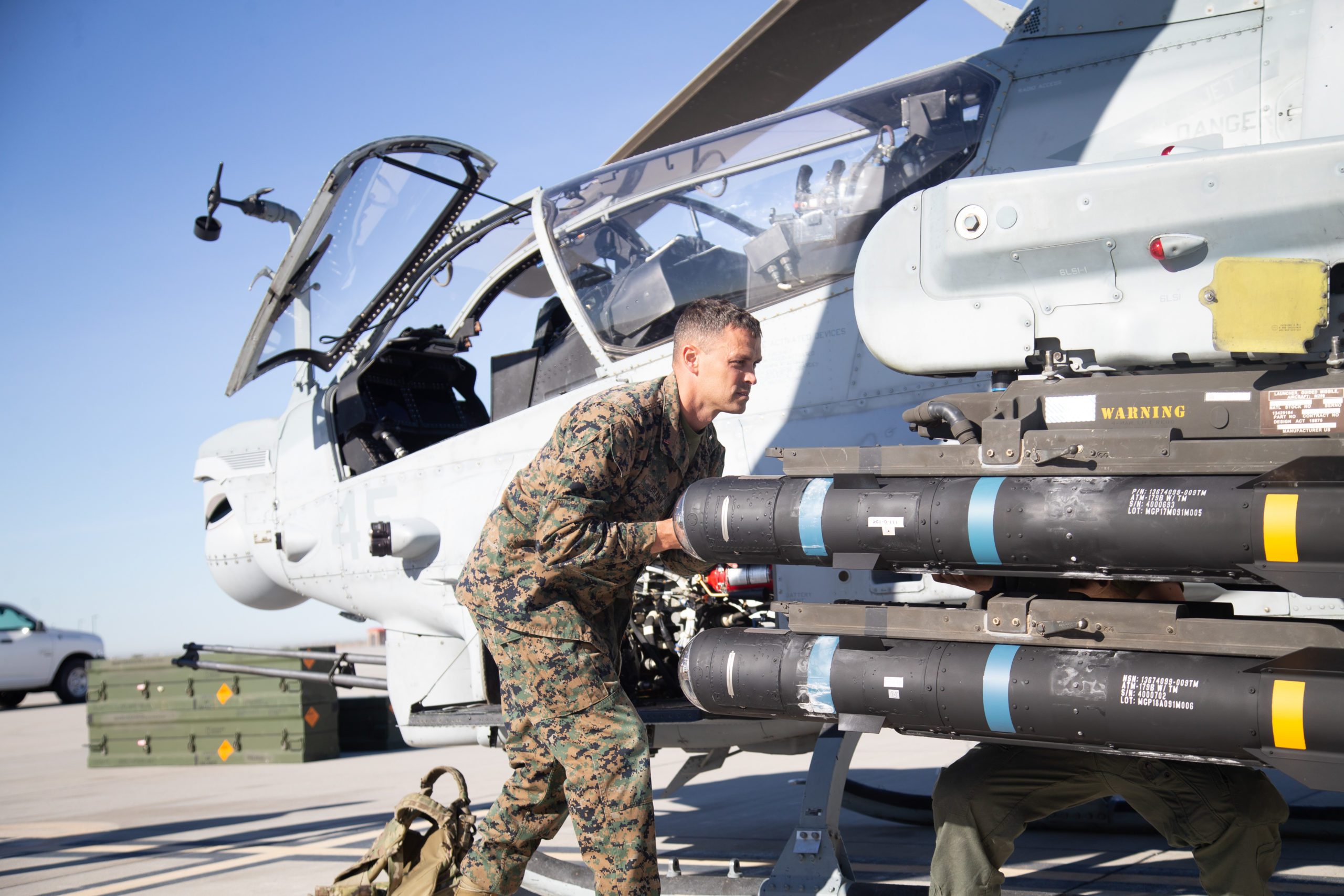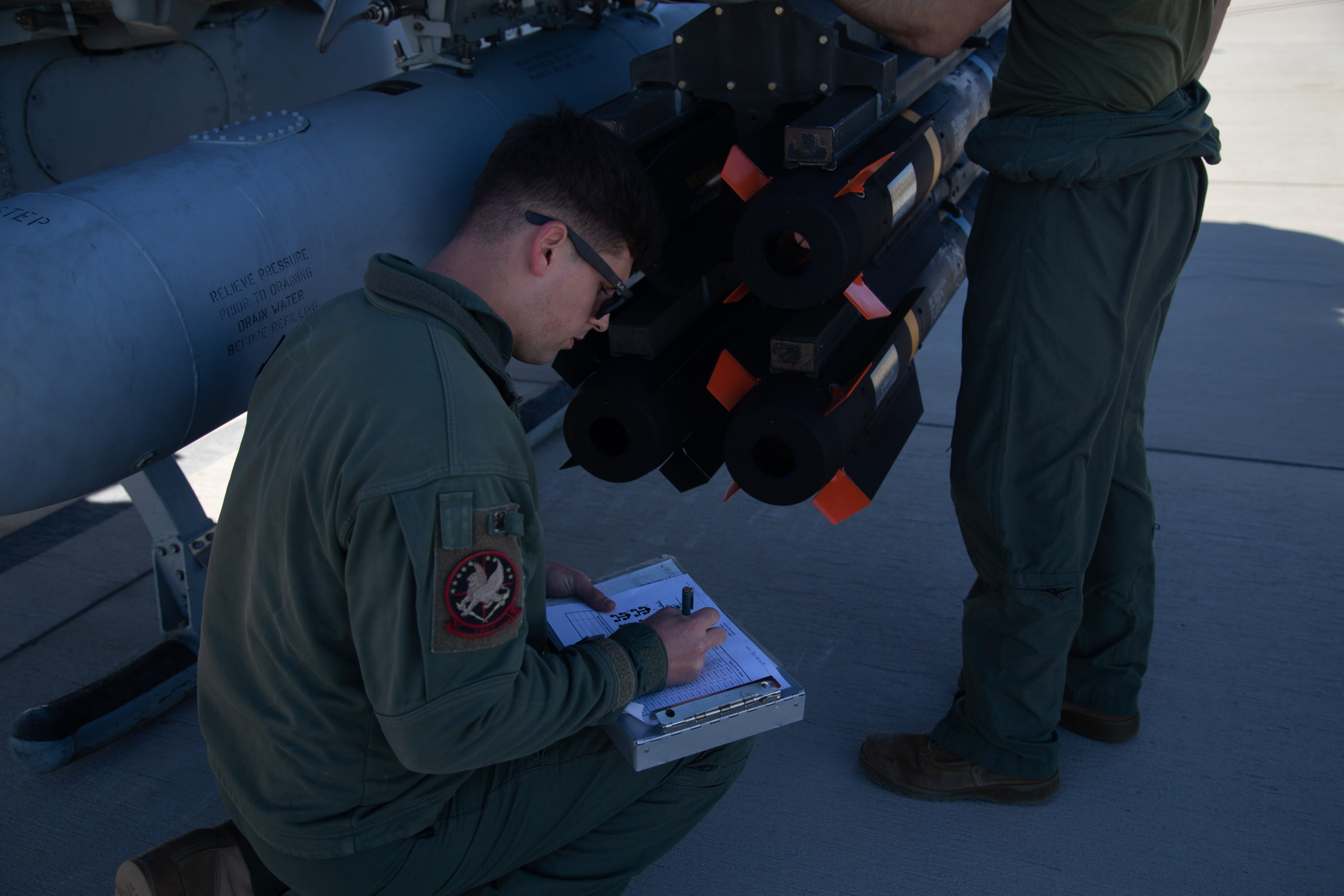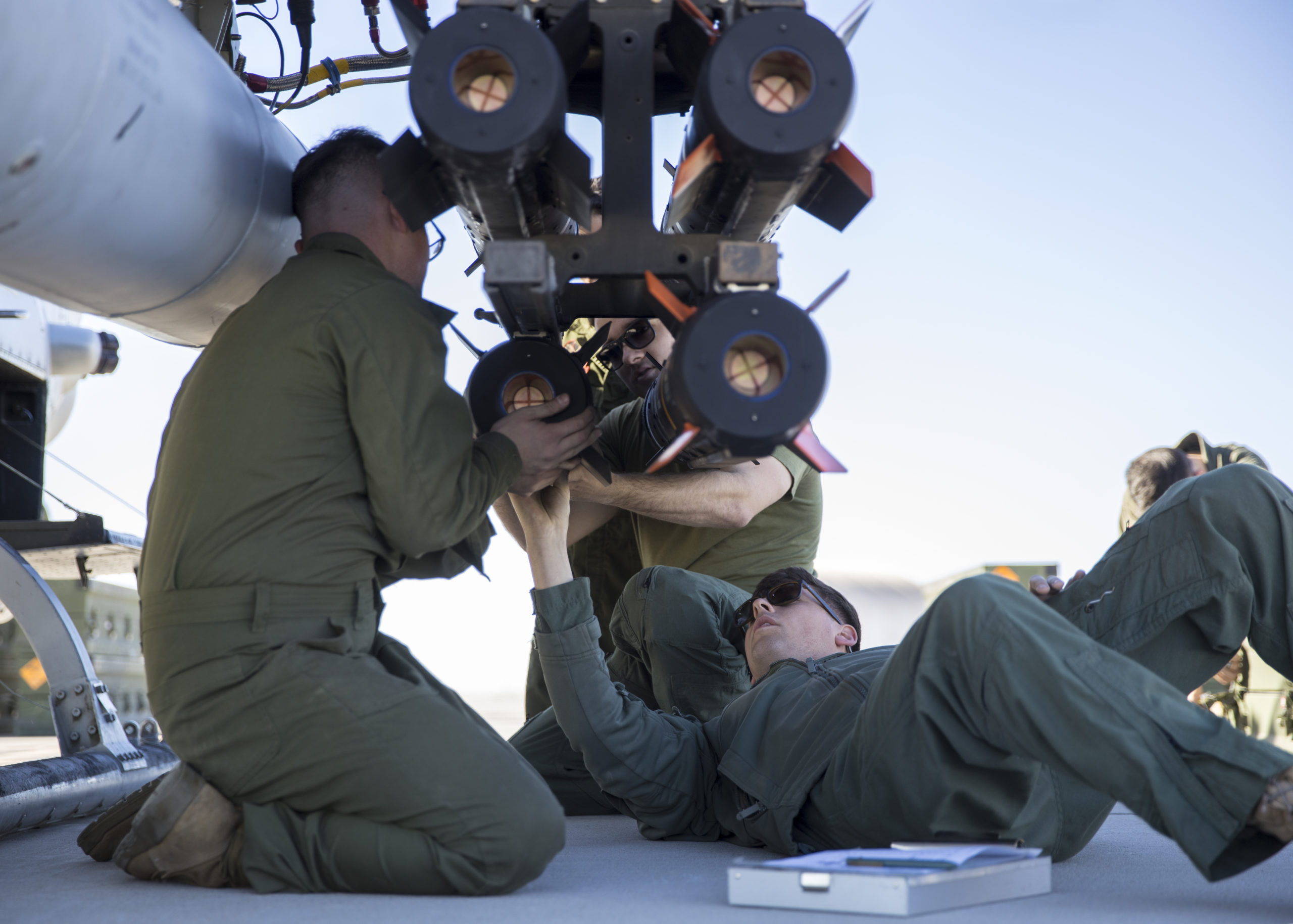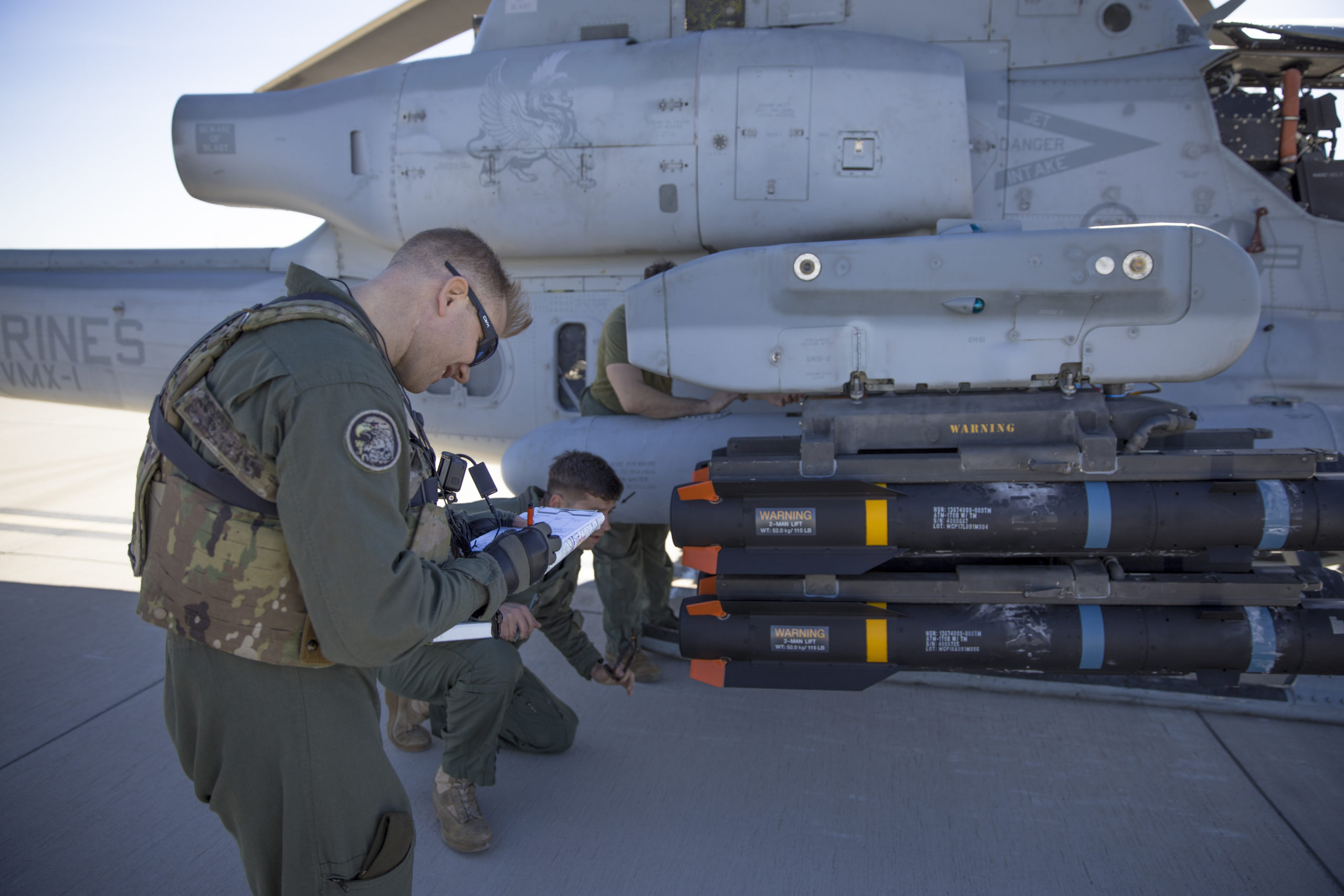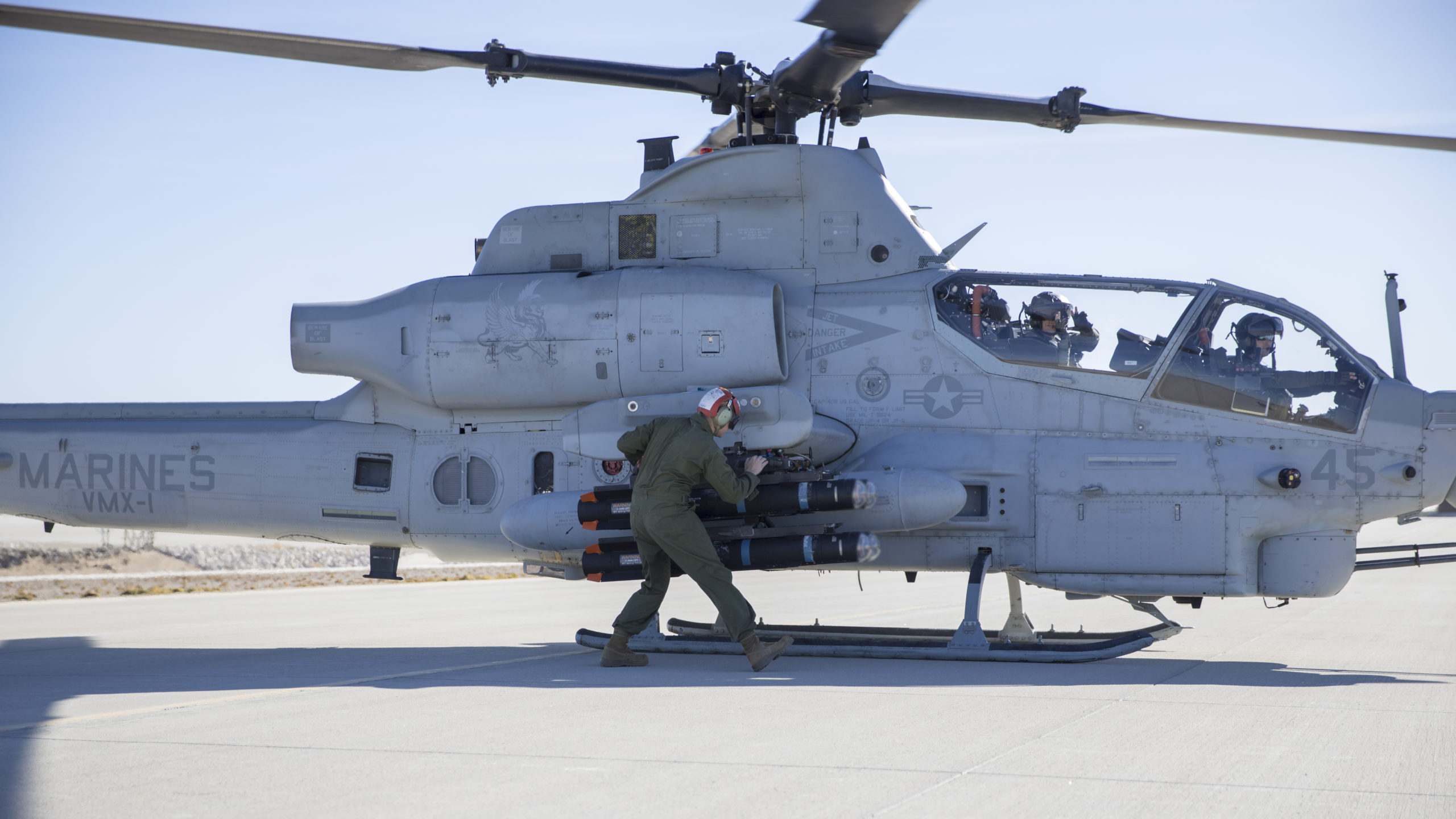The evolution of the Viper Attack Helicopter is part of the USMC’s ongoing transformation.
The coming of Link 16 and Full Motion Video is a key part of that change.
As we noted with regard to this development:
As the US Navy reworks how it is operating as a distributed maritime force, which is being reshaped around the capability to operate a kill web force, the question of how best to leverage and evolve the amphibious force is a key part of that transition itself.
This is a work in progress, and one in which a determination of various paths to the future are in evolution and will be subject to debate as well.
Part of that evolution are changes in other elements of the amphibious task force which can over time play roles different from how various “legacy” platforms can be reworked to provide for new or expanded capabilities for the US Navy overall.
A case in point is how the Viper attack aircraft can evolve its roles AT SEA with the addition of key elements being generated by the digital interoperability effort, as well as adding a new weapons capability to the Viper, namely, the replacement for the Hellfire missile by the JAGM.
What this means is that the Viper can be a key part of the defense of the fleet while embarked on a variety of ships operating either independently, or as part of an amphibious task force.
Because the Viper can land on and operate from of a wide range of ships, thus enabling operational and logistical flexibility, and with integration of Link 16 and full motion wave forms as part of digital interoperability improvements, the Viper can become a key member of the kill web force at sea.
Now the JAGM addition is progressing as well,
At the end of last year, here was the report from VMX-1 with regard to JAGM and maritime/littoral operations:
Marines from Marine Operational Test & Evaluation Squadron 1 (VMX-1) conducted an operational test and evaluation of the joint air-to-ground missile (JAGM) from an AH-1Z Viper, Nov. 3-7 at Eglin Air Force Base in Florida.
VMX-1 fired and evaluated the JAGM to determine its suitability and effectiveness to support expeditionary advanced base operations, such as conducting sea denial operations within the littorals and supporting sea control operations.
Personnel from Air Test and Evaluation Squadron Two One (HX-21), Naval Air Systems Command Direct and Time Sensitive Strike program office (PMA-242), Army Program Executive Office Missiles and Space, Air Force 780th Test Squadron, as well as industry partners were on location to observe and analyze the data from the test event. This event can lead to significant improvements in lethality of attack helicopters by arming them with newer munitions equipped with two sensor technologies and optimizes missile performance on maritime targets.
And in a USMC press release issued on January 31, 2022, further JAGM integration for the Viper was highlighted:
Marines from Marine Operational Test & Evaluation Squadron 1 (VMX-1) conducted an operational test and evaluation of the joint air-to-ground missile (JAGM) from an AH-1Z Viper, Dec. 6, 2021 at Marine Corps Air Station Yuma, Arizona.
VMX-1 continues testing and analyzing the capabilities of the JAGM on land targets after they evaluated the effectiveness of the missile on maritime targets in November 2021 at Eglin Air Force Base in Florida.
Personnel from Air Test and Evaluation Squadron Two One (HX-21), Naval Air Systems Command Direct and Time Sensitive Strike program office (PMA-242), Marine Corps H-1 Light/Attack Helicopters program office (PMA-276), Army Program Executive Office Missiles and Space, as well as industry partners were on location to observe and analyze the data from the test event. This event can lead to significant improvements in lethality of attack helicopters by arming them with newer munitions equipped with two sensor technologies and optimizes missile performance on land targets.
“I am proud of all the work and professionalism demonstrated by the joint team striving to hit major milestones of the JAGM initial operational test and evaluation,” said VMX-1 Commanding Officer Col. Byron Sullivan. “The analysts, coordinators, and controllers meticulously pour over all the data captured so this weapon system can bring the necessary firepower to the warfighter.”
The team observed the test of eight separate shots against armored and light armored vehicles in a variety of operational scenarios. Ultimately, the data collected is analyzed to determine overall system effectiveness and refine the tactics, techniques and procedures of employing this weapon in expeditionary advanced base operations, such as strike operations and close air support.
“Watching the joint team perform the JAGM test is like observing a highly-skilled professional football team with seasoned offensive coordinators calling the right plays for an offense that flawlessly executes play after play,” said Maj. Thomas Hutson, the Assault Support department head at VMX-1 and member of the JAGM test team.
This test is part of a larger effort to upgrade the AH-1Z and UH-1Y aircraft, in alignment with the Commandant’s vision of force modernization to maintain a competitive edge against potential adversaries.


